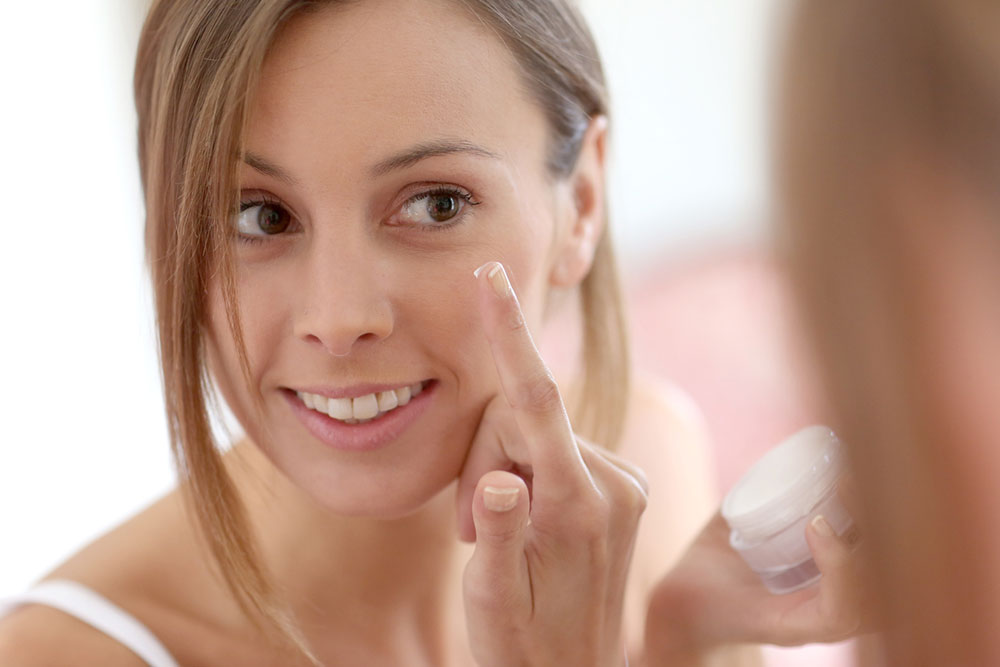11 Types of Skin Bumps and How to Identify Them
Skin bumps are common across all age groups and can result from factors like puberty, underlying health conditions, or clogged pores due to sweat or bacterial infection. The most common type is acne, which tends to develop with puberty, but there are several other types of skin bumps that one may not know of. Understanding the types of skin bumps, their appearance, and their causes can help identify potential health issues and receive timely treatment.
Types of skin bumps and how to identify them
1. Acne
This is a common skin condition caused by clogged pores and oil glands. Acne commonly breaks out on the face and neck but can also appear on one’s chest, shoulders, or upper back.

2. Non-inflammatory acne
Also known as blackheads and whiteheads, non-inflammatory acne is caused by dead skin cells or sebum blocking the tiny skin pores. These tiny bumps do not cause swelling, itchiness, or irritation. They are easier to get rid of with simple home remedies, like washing the face regularly, using essential oils, moisturizing, toning, or exfoliating to remove the dead skin.
3. Pimples
These are inflammatory acne caused by bacterial infections. The bacteria infect the deeper layers of the skin and cause painful skin bumps.
4. Papules
These are hardened skin bumps or raised lesions about 1 cm or less in diameter. They appear when there is severe inflammation on the skin due to other skin issues like pimples, eczema, warts, or even general clogging of pores due to naturally released skin oil, bacteria, or old skin cells. This swelling causes the walls around the pores to break down, which results in papules. They are usually hard and painful to touch.
5. Pustules
These skin bumps are similar to papules because they are also caused due to inflammation around the pore walls. But these bumps are filled with fluid or pus and are red in color, with yellow or white heads. Pustules may cause inflammation around the affected area and may also be discolored. Conditions like chickenpox, folliculitis, or pustular psoriasis often lead to these types of skin bumps.
6. Nodules
When the skin pores get inflamed or clogged for any reason, they may result in nodules. They are abnormal growths that develop deep under the skin’s surface and are generally larger than acne and firm to the touch. They may irritate the skin, and one may need medical help to treat or clear them. In most cases, one may have to take prescription treatments, which may take up to six months or more to cure them completely.
7. Cysts
These are another common type of skin bumps that develop due to clogged pores from sebum, bacteria, or dead skin. Unlike the other types, cysts are skin-colored bumps and are relatively smoother. The size of these may vary from person to person, but they are almost always larger than acne. Some cysts may have an opening in the center and may turn violet or red if infected. It is best to treat them early to avoid painful inflammation and scarring.
8. Skin tags
Medically, skin tags are called acrochordon. They look like an extension of flesh hanging from the skin’s surface, called stalk. They are usually the same color as the person’s skin and commonly develop in areas where the skin rubs against itself, such as the armpits, groin, or around the neck. While painless and benign, they do not pose a severe risk to the individual. But it’s best to show them to a doctor to ensure they do not pose cancerous risks. In most cases, skin tags do not fade on their own and must be surgically removed with medical intervention.
9. Milia
These look like whiteheads but do not go away with common remedies. These are small white bumps on the skin that are tiny and smooth to the touch and usually appear on one’s cheek, nose, or around the eyes. They are also known as milk spots and tend to affect infants more than others. They usually fade on their own with time.
10. Xanthelasma
These skin bumps are cholesterol deposits that look yellowish and appear most commonly around or near one’s eyelids. Xanthelasma are generally flat, harmless, and noncancerous, but they denote underlying health conditions that may need immediate attention, like high cholesterol or diabetes. They are usually tackled via laser treatments, surgery, or medical peels.
11. Seborrheic keratosis
These are brown or tanned growths on skin that are rough or waxy in appearance. They may develop in large numbers at a time but are noncancerous, even though they may appear cancerous. They often pop up in areas directly exposed to the sun, like the face, neck, upper back, legs, or arms. It’s best to consult a doctor when one notices these skin bumps to get proper, personalized treatment.
Identifying the type of skin bump is the first step to understanding and managing one’s condition well. One can also look up skin bump-identifying charts online to understand the different types and their appearance at a glance.

